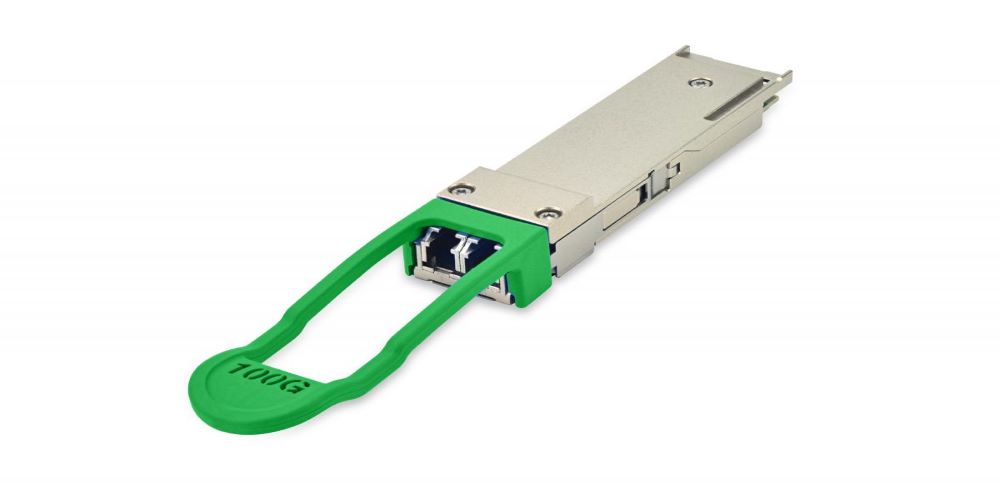In the world of Ethernet solutions, 100G transceivers are leading the way. Utilized in many metropolitan areas around the world, these flexible solutions enable users to enjoy a cost-efficient solution to their bulk transfer needs. The advantages offered by such technology are numerous. From the lowest power requirements to the fastest data transfer speeds available, it has been an industry standard.
With an average uplink speed of 32.8 MBps, 100G transceivers are ideal for short and medium distance links. Capable of delivering voice and data in real-time, these devices enable service providers to reduce costs while maintaining optimal performance. The newest versions of these Ethernet standards not only have an increased maximum bandwidth but also feature the latest technology. 100G optical transceiver manufacturers utilize a variety of new design philosophies and connection types in the transceivers that they are now able to deliver 100Gbps rates in up to 40 miles. Depending upon the transceiver, however, you may receive up to 24 fibers in each direction.
Source of Connection Between Remote Offices
The ability to support VoIP applications is one of the chief factors which contribute to the widespread popularity of 100G transceivers. Utilized in data centers for voice traffic and in various corporate networks for file transfer protocol (FTP), online email, and other internet communication needs, they are becoming increasingly important in any enterprise environment. Easily implemented and with a range of standardized solutions, they enable remote offices to overcome geographical barriers and greatly improve collaboration between colleagues. In fact, some offices actually derive their operational strength from the availability of 100G connections.
High-Quality Data Rates
In addition to their high-speed capabilities, 100G transceivers are also capable of providing high-quality voice and data rates. When utilizing 100G networks, distances become considerably shorter when compared with the older analog systems, permitting long-distance conferences to be hosted within a single location. With the right system installed at a host office, employees can access their network via any Wi-Fi enabled device, eliminating the need for them to relocate to another location. This not only reduces expenses associated with travel, it also enables the sharing of files and other business applications.
Low Power Consumption
One of the most beneficial aspects of 100g transceivers lies in their low power consumption. Typically used in data centers and telecommunication industries, their low-power consumption makes them a cost-effective choice in numerous different applications. They are also low-priced, making them accessible to nearly all organizations in the market. This means that while they may not be as widely used as fiber links, they are still highly sought after due to their cost-effectiveness. As such, they provide the perfect platform for offices to improve their competitiveness in the market.
The presence of the qsfp28 power consumption curve allows for an easy transition for end-users and IT managers. To ensure that they have a high-quality connection, it is important to check the features of the transceiver. As such, it is imperative to see that it is compatible with the existing equipment used in the office. Some offices prefer to use the 100G transceivers, while others opt to use the qsfp28 variant.
